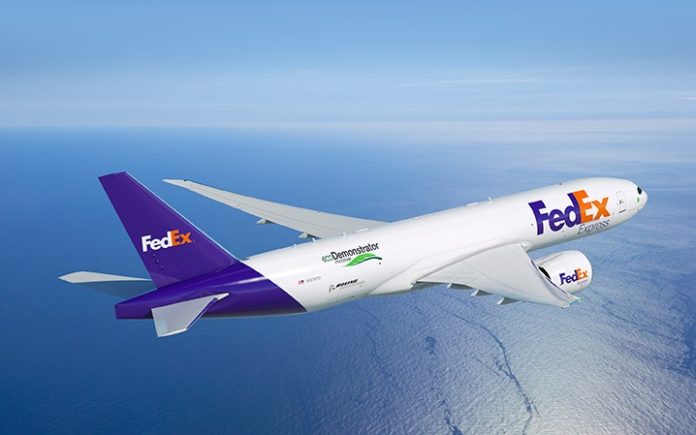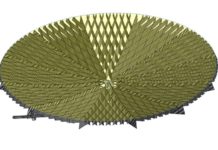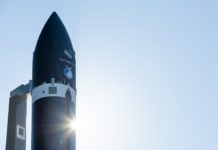Japan Aerospace Exploration Agency (JAXA)’s onboard clear-air turbulence detection system will be tested for commercial use under Boeing’s ecoDemonstrator program in 2018.
Developed in 2012 through JAXA’s SafeAvio project, the system uses an onboard Doppler LIDAR to detect clear-air turbulence, which evades traditional weather radar systems. In February 2012, for the first time in the world, JAXA successfully detected clear air turbulence in advance during a flight.
The 2012 prototype has since been improved, with the new system weighing only 83.7kg. The new version has the ability to detect clear-air turbulence up to 17.5km ahead of a cruising aircraft. This gives pilots up to 70 seconds to react, buying enough time to turn on the seatbelt sign, give advanced warning for passengers, and for the crew to prepare for hazardous situations.
JAXA’s SafeAvio project was initiated after a 2010 study showed that 50% of domestic airline accidents over the past 10 years were caused by turbulence. The space agency hopes that its new clear-air turbulence system will able reduce accidents caused by turbulence by 60%.
Under Boeing’s ecoDemonstrator program, JAXA will be able to evaluate the system as used on large commercial aircraft. It will be fitted on a new FedEx-owned 777 freighter as a test bed, along with more than 30 other new technologies. By participating in the ecoDemonstrator program, which began in 2012, JAXA hopes to encourage standardized safety regulations amongst airlines and aircraft manufacturers.







